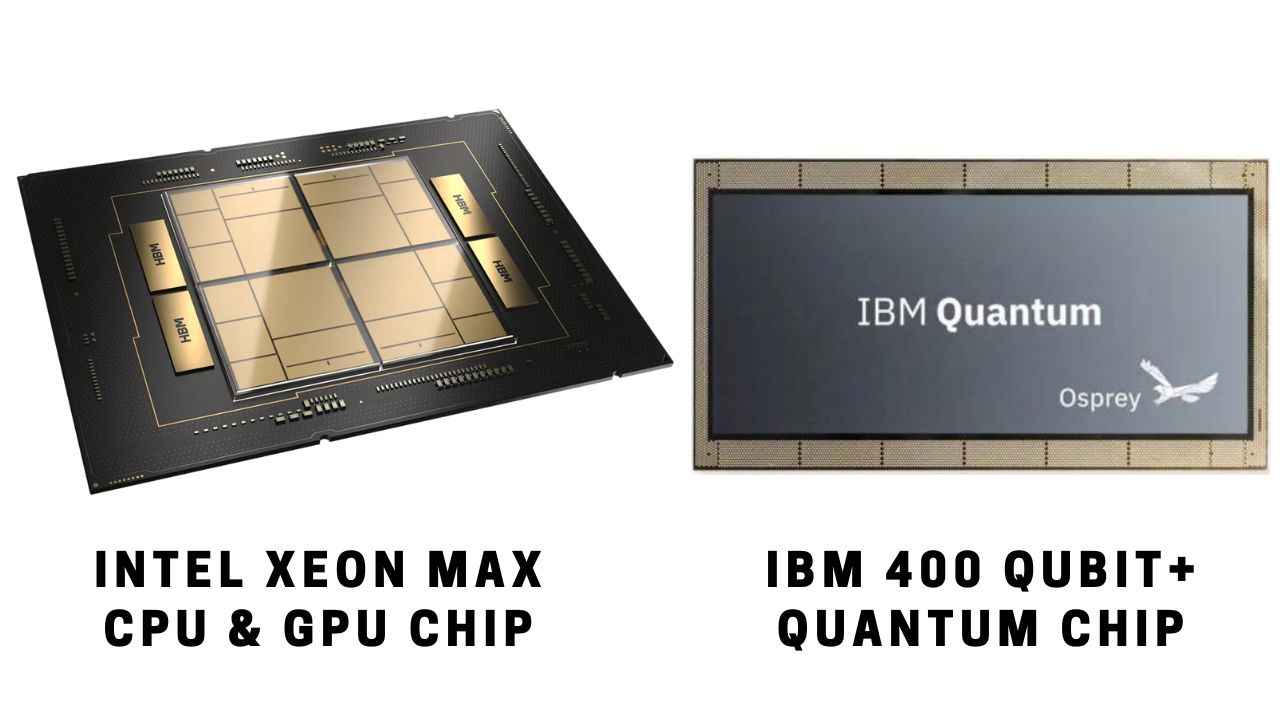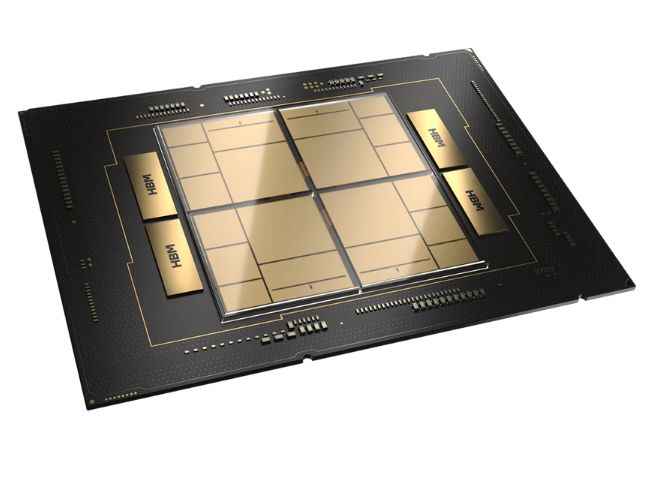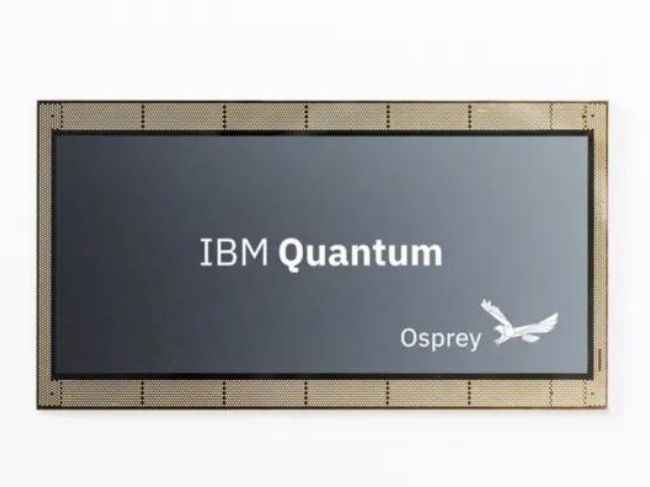Intel and IBM: High-performance AI chips to quantum computing breakthroughs

Intel released Xeon Max CPU and Data Center Max GPU series chips.
IBM released Osprey its new 433-quantum bit (qubit) processor.
Both Intel and IBM are pushing the cutting-edge of high-performance computing.
The world of high-performance computing and the cutting-edge next computing paradigm had a couple of key milestone announcements this past week from Intel and IBM, respectively.
Intel Max Series product family debuted two leading-edge products for high-performance computing (HPC) and artificial intelligence (AI) at Supercomputing ‘22 event in Dallas, Texas, while IBM unveiled its 400 qubit-plus quantum processor at the annual global IBM Quantum Summit 2022 in New York, NY.
Let’s take a closer look at both Intel and IBM’s chip announcements.
Intel Max series Xeon CPU and Datacenter GPU
The Intel Xeon CPU Max Series (code-named Sapphire Rapids HBM) and Intel Data Center GPU Max Series (code-named Ponte Vecchio) will power the upcoming Aurora supercomputer at Argonne National Laboratory starting next year (2023).
The Intel Xeon Max CPU offers up to 56 performance cores constructed of four tiles and connected using Intel’s embedded multi-die interconnect bridge (EMIB) technology, in a 350-watt envelope. They contain 64GB of high bandwidth in-package memory and will provide more than 1GB of high bandwidth memory (HBM) capacity per core, enough to fit most common HPC workloads.
The Intel Max Series CPU claims to provide up to 4.8x better performance compared to the competition on real-world HPC workloads, as much as 68% less power usage than an AMD Milan-X cluster for the same HPCG performance, among other performance and efficiency improvements in memory and bandwidth-intensive workloads and applications.
On the graphics front, the new Intel Max Series GPUs deliver up to 128 Xe-HPC cores, the new foundational architecture targeted at the most demanding computing workloads.
The Max Series GPU features 408MB of L2 cache – the highest in the industry – and 64MB of L1 cache to increase throughput and performance. They also claim to provide the only HPC/AI GPU with native ray tracing acceleration, designed to speed scientific visualization and animation. According to Intel, these new Max Series GPUs provide a 2.4x performance gain over NVIDIA’s A100 on Riskfuel credit option pricing in terms of financial sector benchmark, and over 1.5x improvement over A100 for NekRS virtual reactor simulations in physics benchmark.
IBM’s new 433 quantum bit (qubit) processor called IBM Osprey
IBM Osprey has the largest qubit count of any IBM quantum processor, more than tripling the 127 qubits on the IBM Eagle processor unveiled in 2021. This processor has the potential to run complex quantum computations well beyond the computational capability of any classical computer.
For reference, the number of classical bits that would be necessary to represent a state on the IBM Osprey processor far exceeds the total number of atoms in the known universe.
As IBM Quantum systems scale up towards the stated goal of 4,000+ qubits by 2025 and beyond, the company promises to go beyond the current capabilities of existing physical electronics.
Particularly, IBM updated the details of the new IBM Quantum System Two, a system designed to be modular and flexible, combining multiple processors into a single system with communication links.
This system is targeted to be online by the end of 2023 and will be a building block of quantum-centric supercomputing — the next wave in quantum computing which scales by employing a modular architecture and quantum communication to increase its computational capacity, and which employs hybrid cloud middleware to seamlessly integrate quantum and classical workflows.
For more technology news, product reviews, sci-tech features and updates, keep reading Digit.in.
Jayesh Shinde
Executive Editor at Digit. Technology journalist since Jan 2008, with stints at Indiatimes.com and PCWorld.in. Enthusiastic dad, reluctant traveler, weekend gamer, LOTR nerd, pseudo bon vivant. View Full Profile






